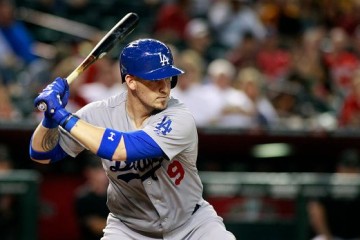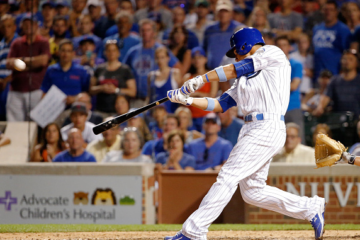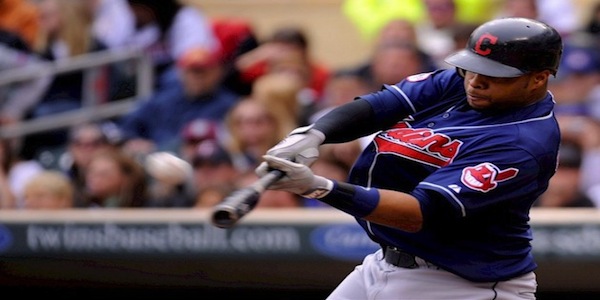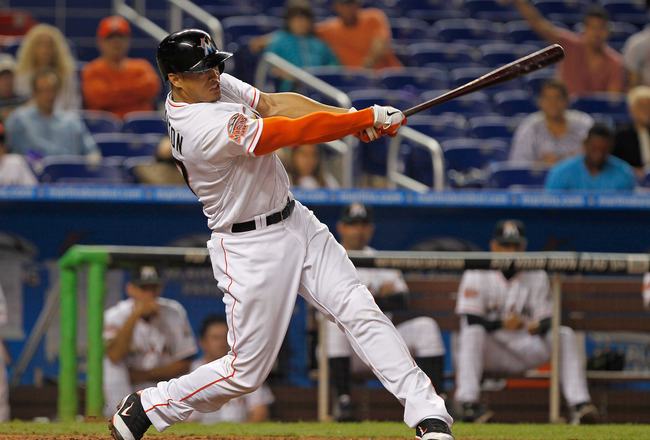2017 Fantasy Baseball: The Fielding Chronicles– Baltimore Orioles
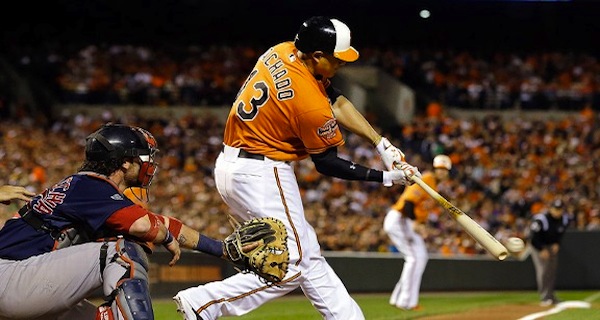
Admittedly, breaking down fielding numbers is a guilty pleasure, but it isn’t simply an idle hobby when it comes to fantasy baseball. Sure, fielding numbers don’t count in the official standings, but some teams are getting wise to the interaction between fielding and pitching. They not only are breaking down the numbers overall, but they are looking at their strength of their teams in terms of fielding and matching up pitchers with those batted ball tendencies. The results can be breathtaking.
The Orioles aren’t necessarily one of those teams yet. Still, looking at their way the Orioles field can help us determine which pitchers from their squad to target throughout the season and which ones we should avoid. Drafts and auctions have already happened, but some of these guys could be well timed waiver claims and some could be quick trade targets.
As we get going, you will be looking at numbers from The Fielding Bible (also called defensive runs saved). It compares players with the average fielder at their position. Included in those numbers are the number of runs saved because of more advanced shifting. Finally, we get DER from baseball-reference.com. It simply measures the percentage of balls in play that get converted into outs. All rankings are done in American League data.
Overview
| Infield | Outfield | Shifts | Total | Rank | DER | Rank | |
| 2014 | +35 | +22 | +7 | +64 | 1st | .706 | 3rd |
| 2015 | -5 | -4 | +29 | +20 | 6th | .691 | 7th |
| 2016 | +21 | -51 | +15 | -15 | 12th | .688 | 8th |
The Orioles are a mix between traditional means and new-age means. They are amongst the top in the American League in taking advantage of shifts in the last couple of seasons, but as you will see, they haven’t taken full advantage of the strengths of their team. With Manny Machado and J.J. Hardy manning the left side of the infield, they could benefit from some groundball pitchers, but they aren’t exactly there yet. Fly-ball pitchers are particularly vulnerable in Camden Yards.
New Faces
One should always consider new faces when looking at a pitching staff and defense. Seth Smith takes over in right field and that’s probably seems like it would not be an improvement. He finished with negative seven runs saved last season and is minus three runs over the last three seasons. However, Mark Trumbo finished at minus 11 runs last season all by himself. So, Smith is a slight upgrade there. However, combine Smith with Adam Jones (who is a negative impact fielder) and Hyun Soo Kim in left field and you have the makings of a bad defensive outfield.
On the other hand, Welington Castillo takes over behind the dish. Matt Wieters had a horrible pitch framing reputation, so Castillo may be a welcome sight. He finished plus two last season in Arizona, but had been a negative impact fielder prior to that. Pitch framing is a new science and we are just beginning to understand what impact it has on pitchers. We do know that Wieters had a bad reputation where Castillo is somewhere closer to the average. So, the Orioles have marginally improved their fielding for 2017.
The Pitchers
We are taking a look at the top four starters for each team during this series. Some teams have quality fifth starters, but they become fringe fantasy prospects by definition. The top four starters combined to have a 46.67% groundball rate over the last three seasons. That compares to a 43.75% American League average. So, the starters take some advantage of the better defensive infield.
Of the group, Wade Miley is the best groundball pitcher as he has nearly a 50 percent rate over the past three seasons. Even though he came over in a trade, he spent most of the season in Seattle and his numbers have to be seen in that light. His numbers were atrocious in Baltimore following the trade, so he is most certainly a waiver wire possibility. His fielding independent pitching was below 4.00 (3.79) in Baltimore and he could get there with Castillo behind the dish.
On the other end of the spectrum is Chris Tillman. He had a ground ball rate below the league average and he is good enough to where some people may have drafted him. He finished 16-6 with a 3.77 ERA, but the peripheral numbers predict a return to the pack. His FIP was over 4.00 last season and based on the batted ball numbers (coupled with the weak defensive outfield) it could be a disastrous campaign for him this time around.


